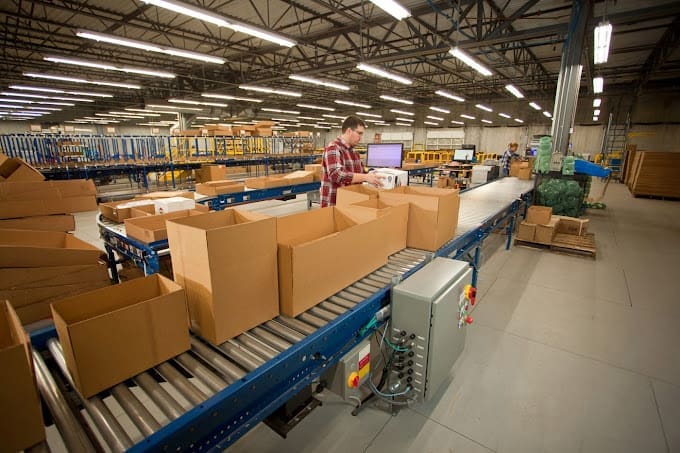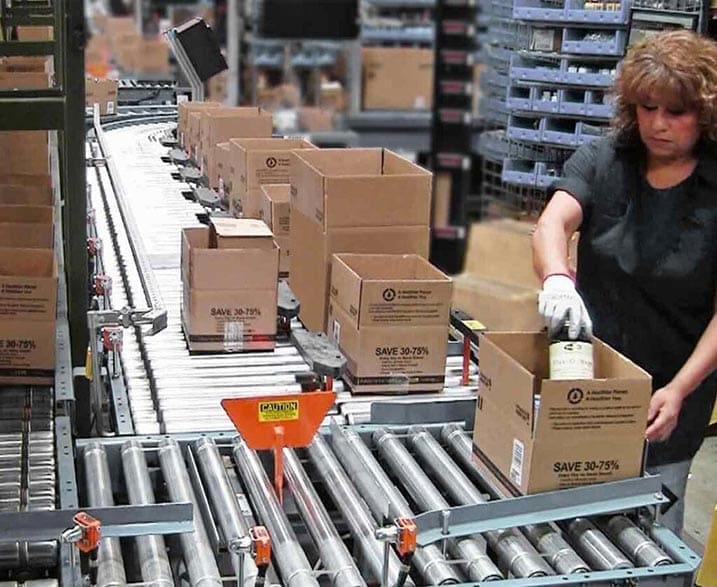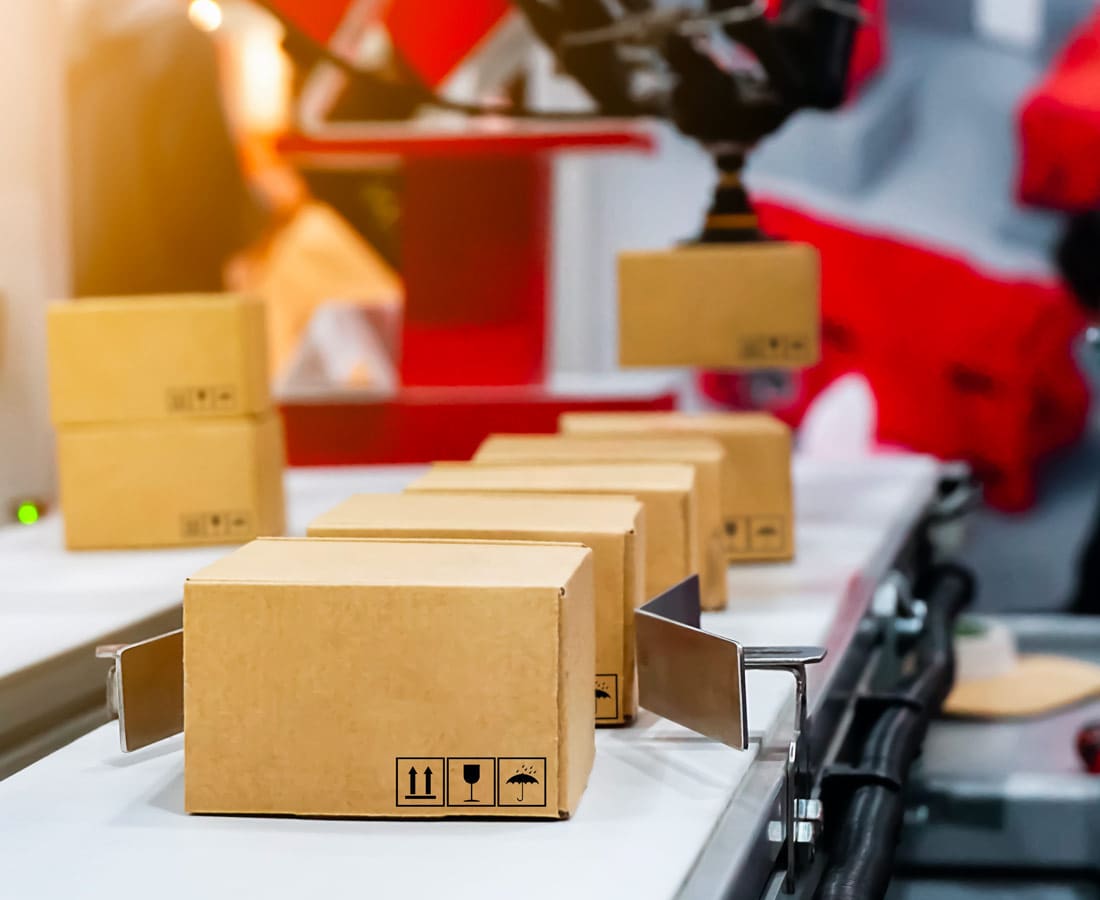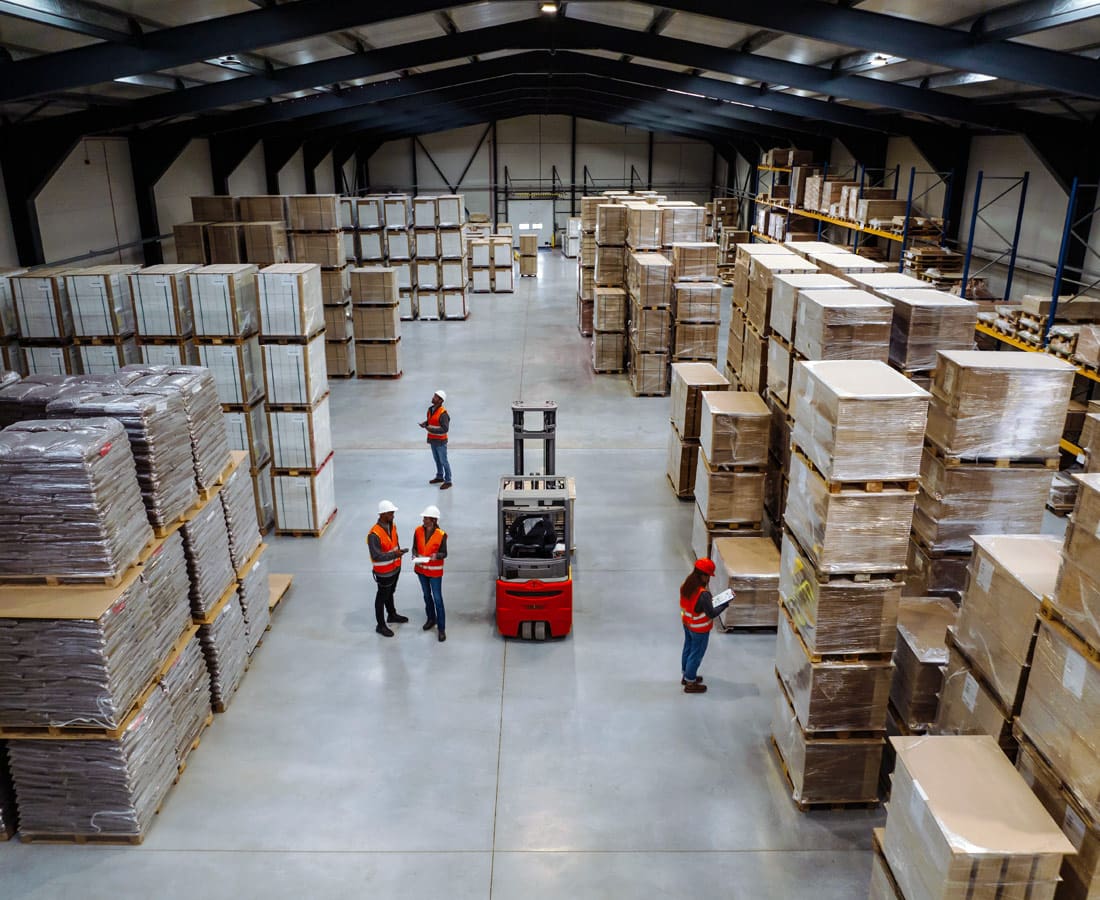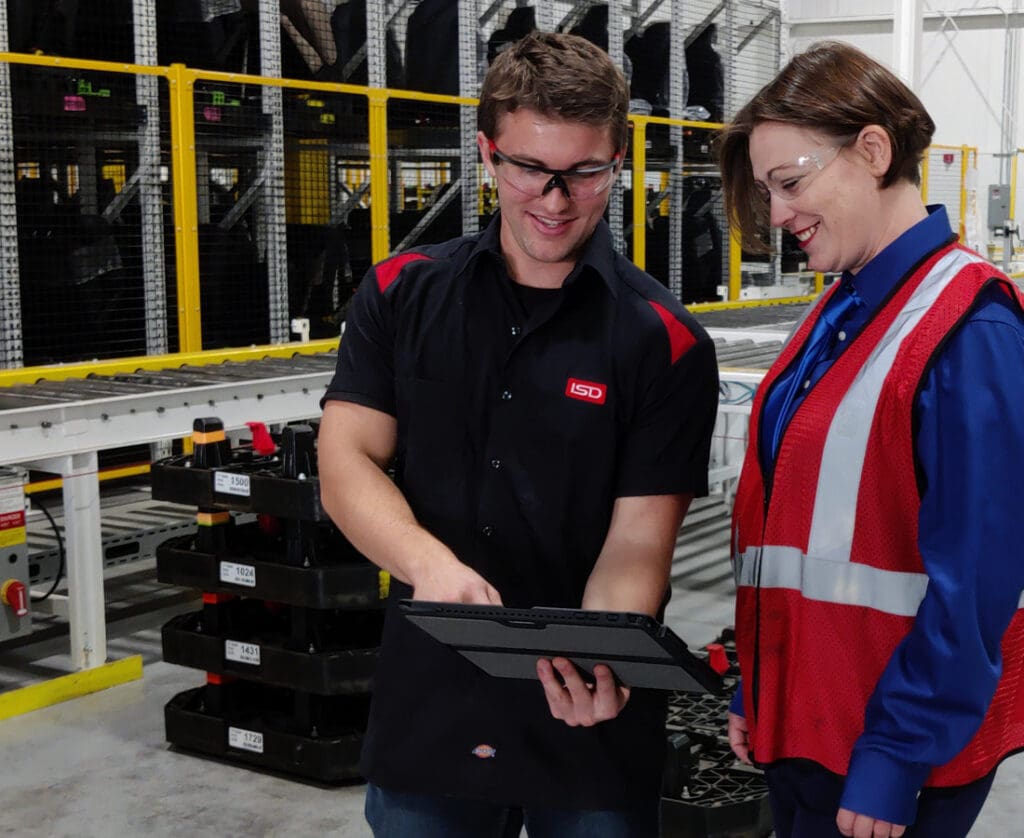Rethinking for growth
Increased efficiency with room to grow at The Repair Clinic
• Packing/ manifest process had an unbalanced amount of labor for the pick process
• Constraint and spatial limitations within the packing area
• Mapped new process, automating repetitive tasks, and isolating special orders
• Recovered valuable space and reduced labor pain points
• System capacity almost doubled in volume
• Savings of $660,000
Bottlenecks slowing the packing process
No Space for Growth
ISD was challenged with optimizing the packing and manifesting process at The Repair Clinic. Considerations were current inefficiencies defined by a disproportionate labor requirement compared to the picking process. Additionally, ISD needed to address the bottleneck and spatial limitations in the packing area. This prevented the company’s ability to scale alongside its double-digit growth rate.
While competitors aimed to expand through increased workstations and reduced storage for more pack stations or mezzanine additions, this would potentially double their packing workforce to 52. The Repair Clinic adopted for a different strategy.
More workstations needed
Consolidating workstations in the shipping and packaging zones decreased traffic and created additional space for future expansion.
Bottlenecks in packing
Automated repetitive, uncomplicated tasks, managed exception orders independently from the core order group, and significantly reduced labor requirements.
Create space and simplify process
Combine workstations versus replicating and enlarging the existing packing process
Create an operations master plan
ISD’s approach involved conducting a comprehensive analysis encompassing Repair Clinic’s customer order profiles, inventory dynamics, spatial utilization, and detailed assessments of employee roles, productivity, and associated expenses. The resulting plan would significantly reduce labor, reclaim valuable space and increase overall system capacity.
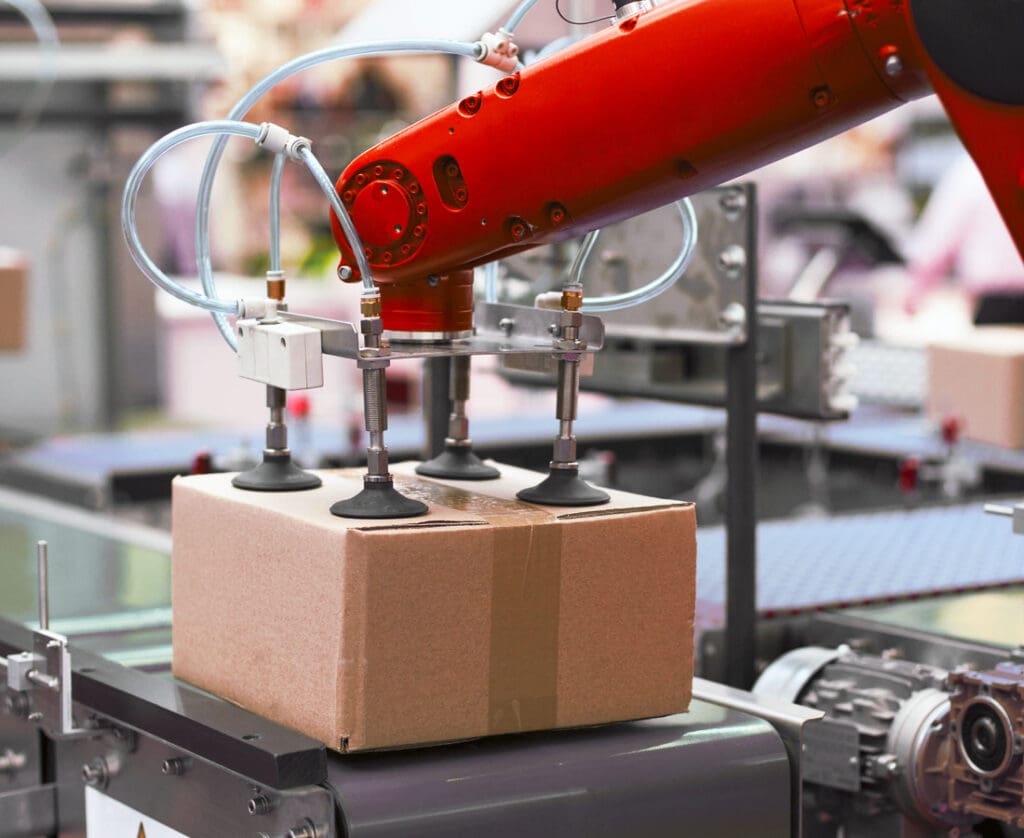
Automate repetitive tasks
Unequal distribution of labor for picking and packing
Automating redundant, straightforward tasks while managing exception orders separately from the core order group, resulted in a significant reduction in labor. The new system surpassed the business’s production capacity, handling a volume higher than the company could produce, while simultaneously improving accuracy levels.
System renderings – real data
Technology and layout analysis
Our initial step involved conducting a comprehensive analysis encompassing Repair Clinic’s customer order profiles, inventory flow and spatial data, along with evaluating current technology, employee roles, performances, and associated expenses. With solid data on worker productivity, throughput, inventory capacity and accessibility, ISD presented a plan featuring visual representations and system renderings.

Real results
System capacity doubled capability
Exceptional Operational Savings Achieved Through Enhanced Efficiency and Expansion Capability
- Labor requirements reduced by 65%
- 30% floor space recovered
- System capacity doubled
- Labor reduced by half on shipping docks

65% Reduced labor requirement
Staffing needs reduced by 65% from the initial baseline figure, effectively eradicating the necessity for hiring additional employees. Considering an average cost of $30,000 per employee per year, this reduction led to substantial savings.

Over half million in savings
The initial process incurred an annual cost of $780,000 at an average of $30,000 per employee per year. In contrast, the revised process, involving only 4 employees, amounted to $120,000 annually, leading to a remarkable savings of $660,000.

30% of floor space recovered
Consolidating workstations in the shipping and packaging zones not only decreased traffic but also allowed ISD to secure additional space for future expansion.

System capacity nearly doubled in volume
The creation of a new process, achieved through automating simple tasks and managing exception orders separately, resulted in a substantial streamlining of operations and a notable decrease in operator errors.




